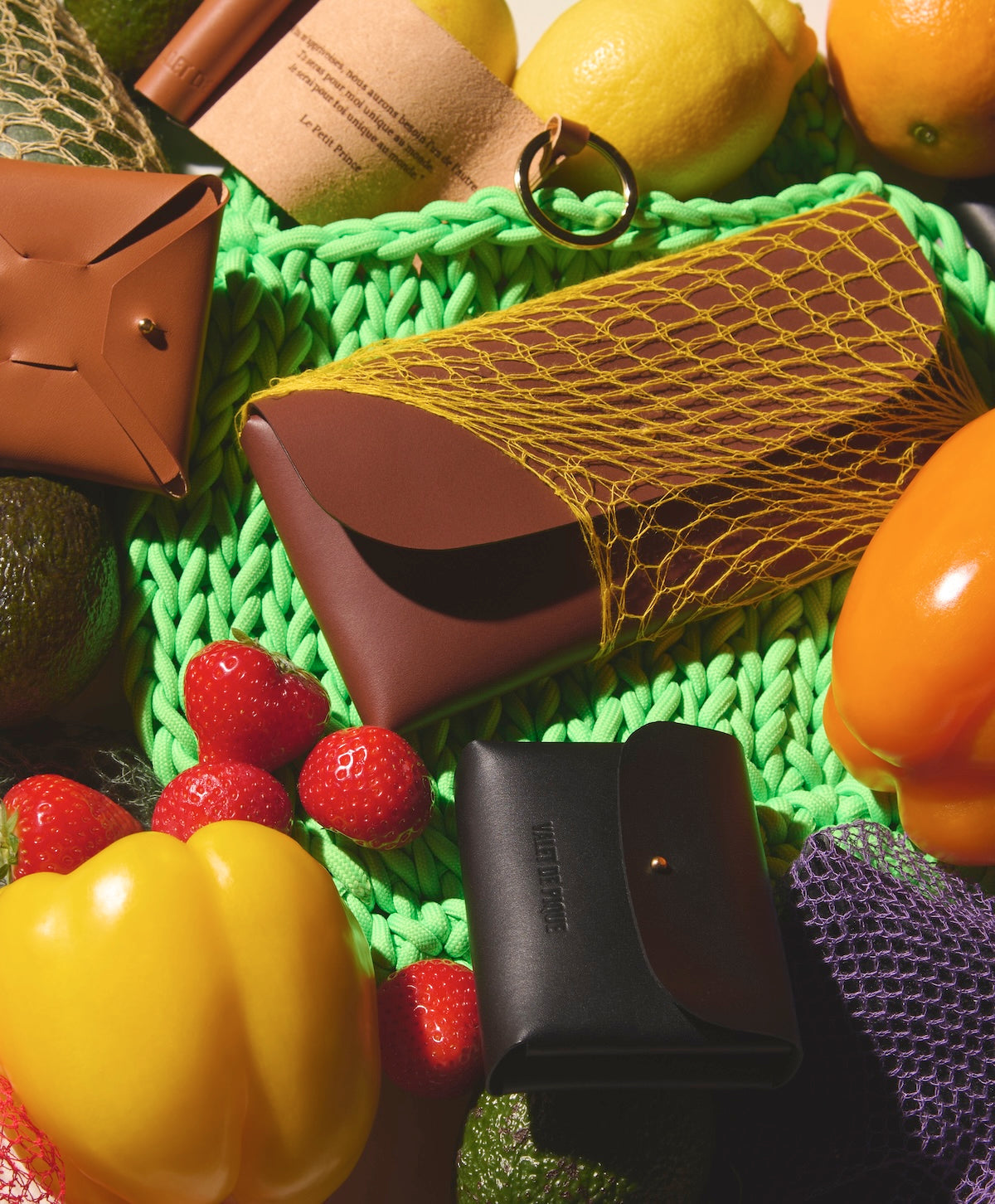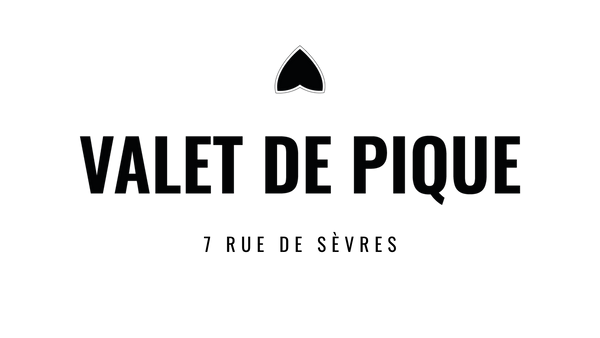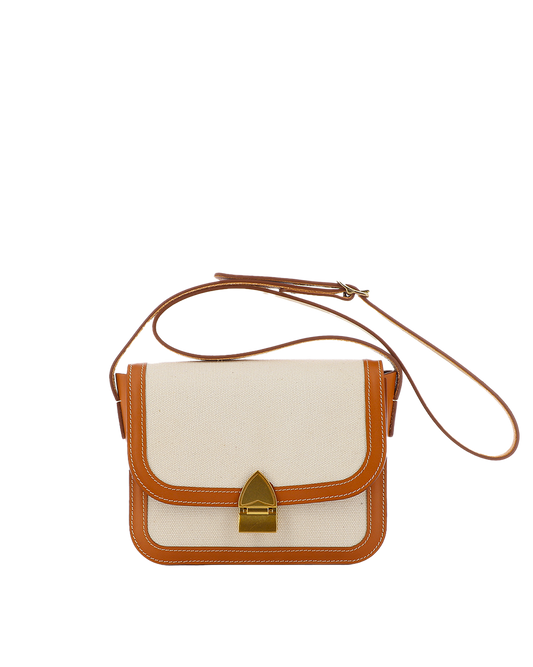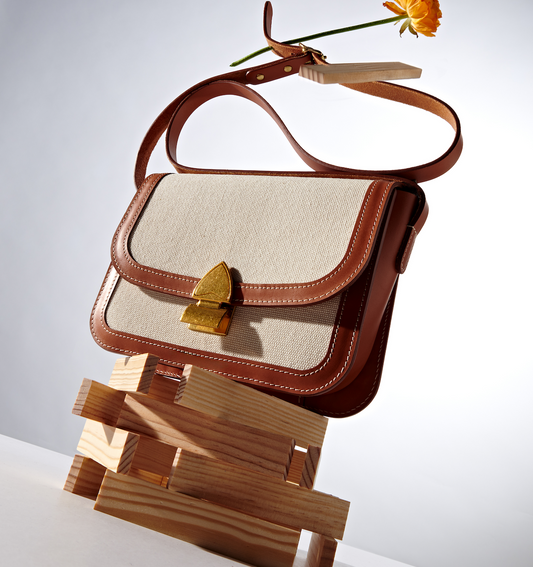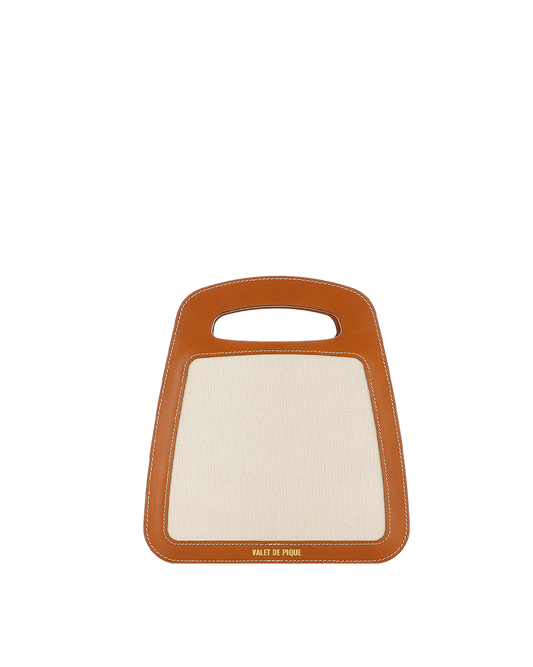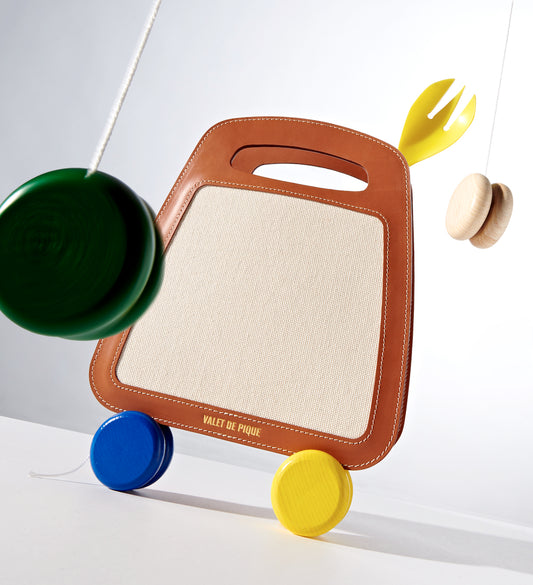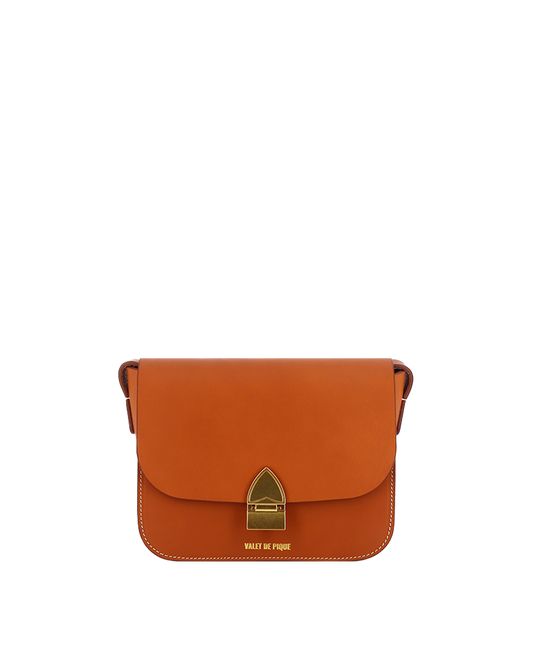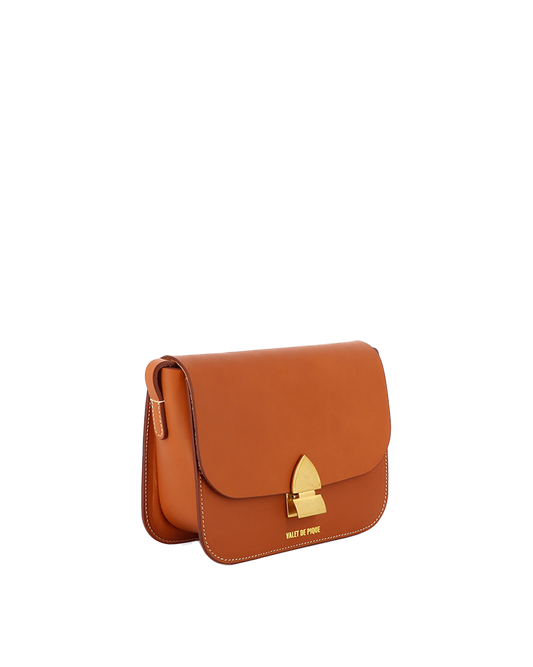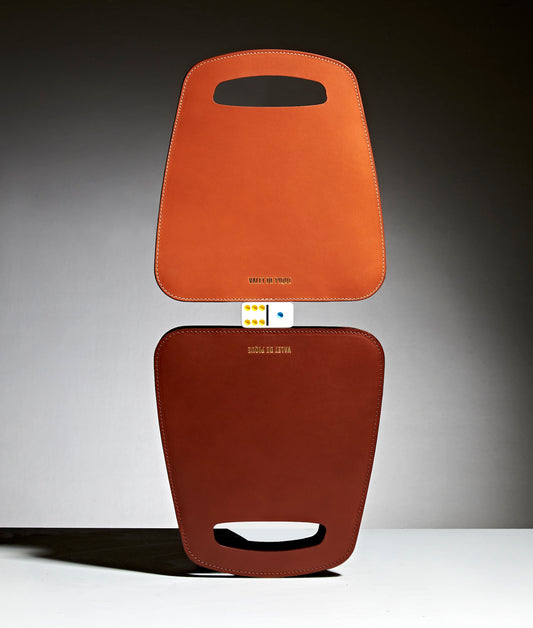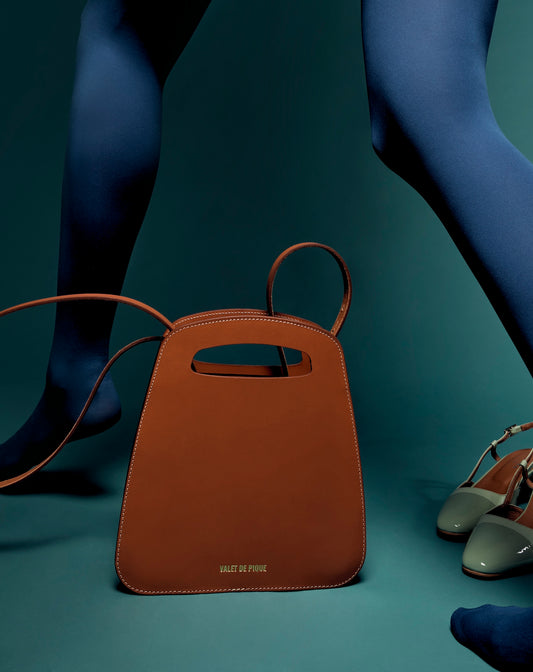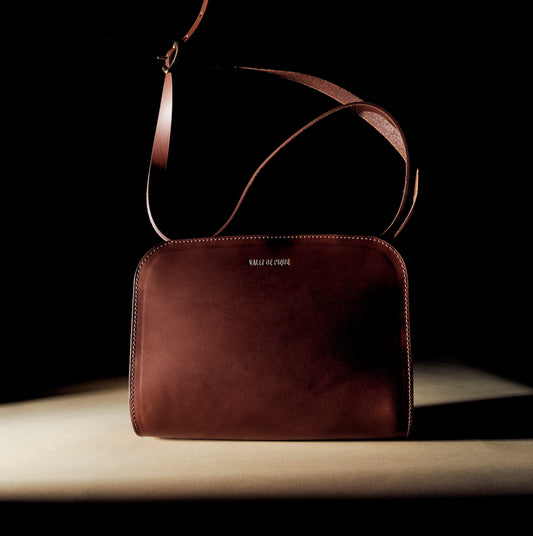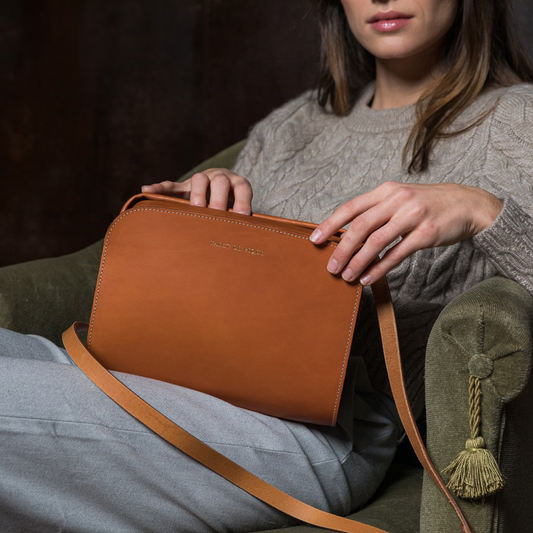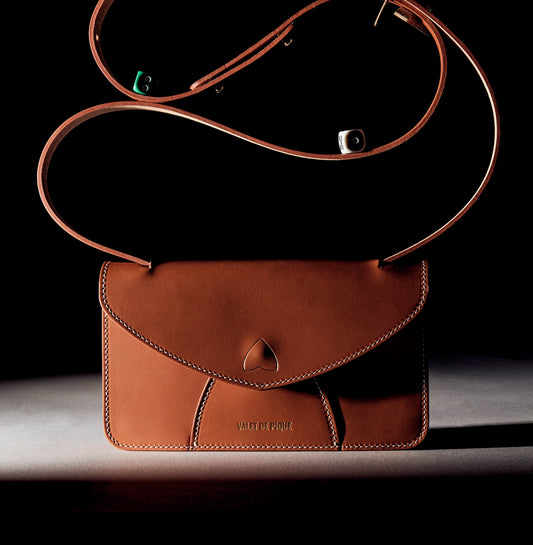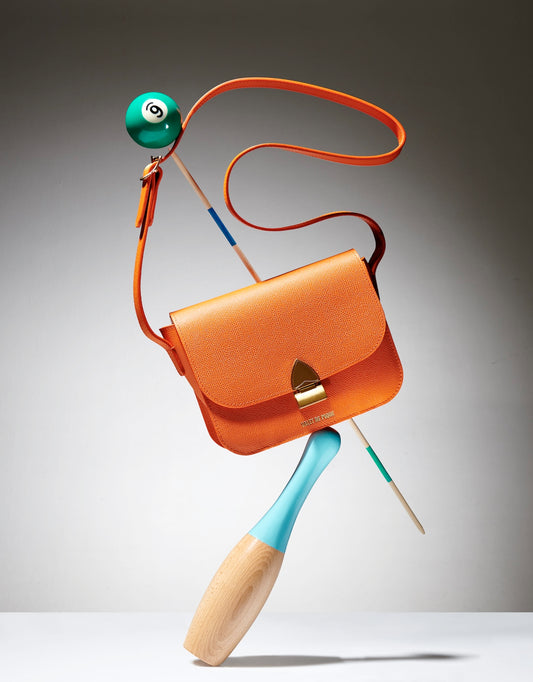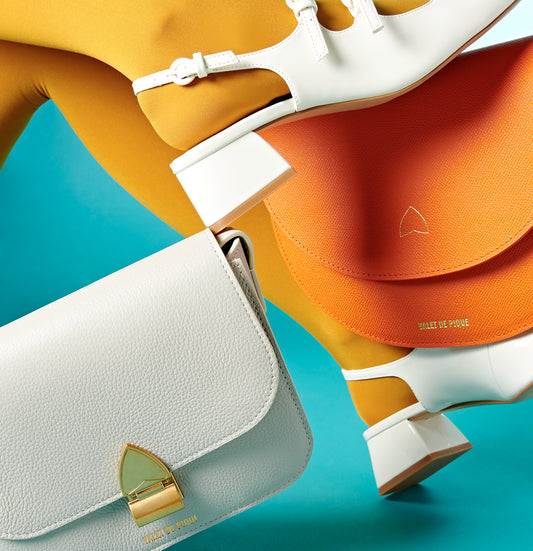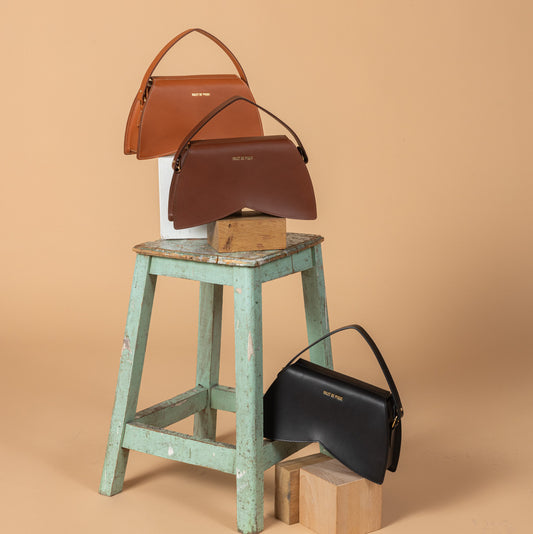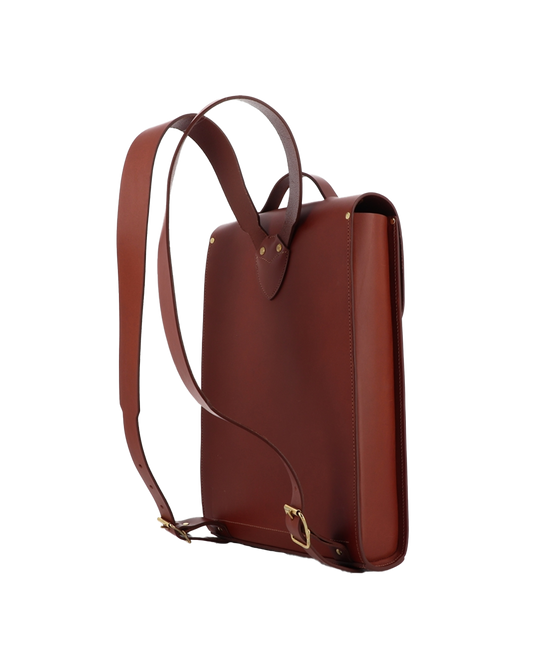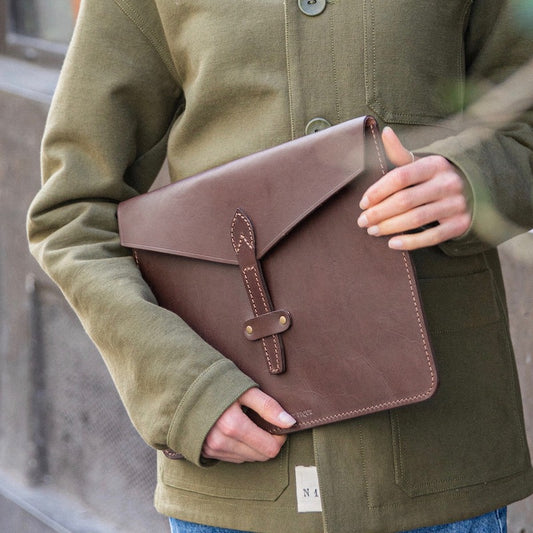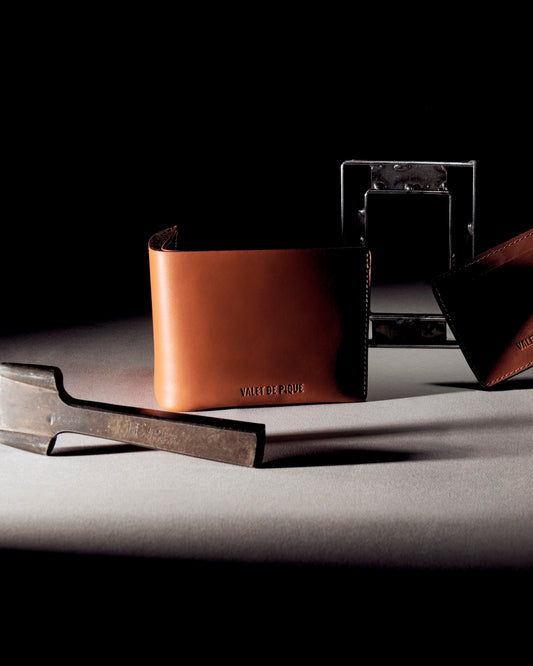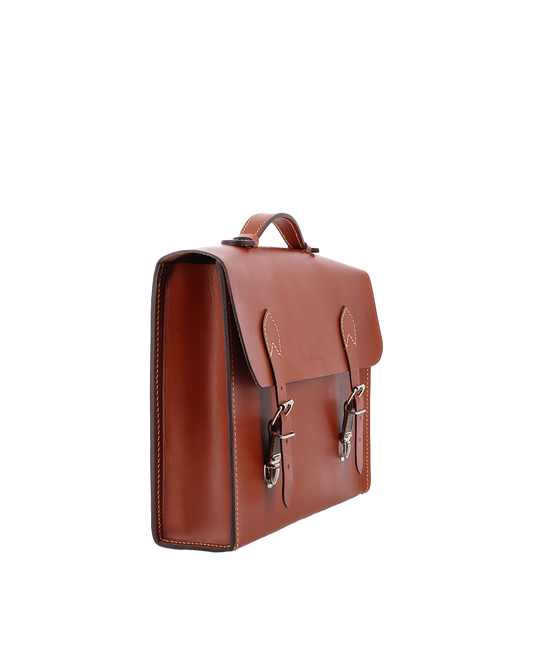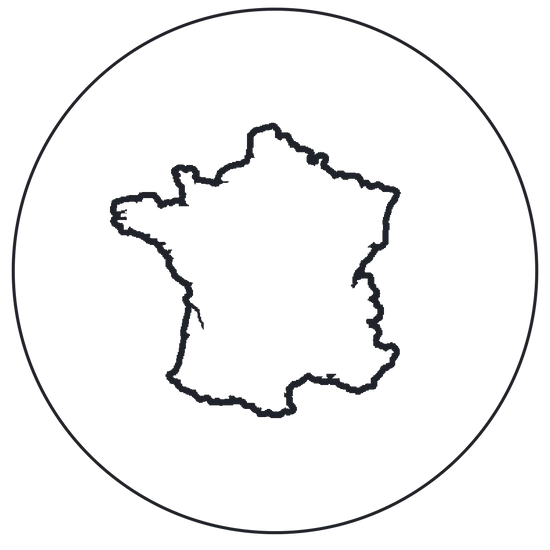Leather is a material valued for its durability, flexibility, and aesthetic appeal. Used for thousands of years, the leathermaking process has evolved but remains a complex art. In this article, we introduce you to the different stages of leathermaking, highlighting the craftsmanship that transforms raw hides into noble materials used in leather goods and other industries. At Valet de Pique , we value these traditional methods to create exceptional products.
The Stages of Leather Manufacturing
1. Preparation of the Skins

The first step in leather manufacturing is the preparation of the hides. Raw hides, usually from cattle, are subjected to several treatments to prepare them for tanning.
Desalting and Rehydration: Freshly harvested hides are often salted to preserve them during transport. Before beginning the tanning process, they are rehydrated to regain their suppleness.
Depilation and Fleshing: The hides are then stripped of their hair and residual flesh. Depilation involves removing the hair, while fleshing removes the fat and flesh residue.
2. Tanning

Tanning is the crucial step that transforms raw hide into durable leather. There are several tanning methods, each of which imparts specific properties to the leather.
Vegetable Tanning: Using natural tannins extracted from plants, vegetable tanning produces a robust and ecological leather. This process is slower but gives the leather a beautiful patina over time.
Mineral Tanning: Chrome tanning is faster and produces a soft, water-resistant leather. This process is commonly used for items that require high flexibility, such as clothing and footwear.
3. Retanning, Dyeing and Greasing

After tanning, the leather goes through a series of additional treatments to improve its qualities.
Retanning: This step involves retanning the leather to improve its texture and durability.
Dyeing: The leather is dyed to give it the desired color. Dyeing can be done on the surface or in the mass, depending on the desired result.
Greasing: The leather is then greased to make it more supple and durable. This step also nourishes the leather and gives it a richer appearance.
4. Drying and Trellising

Once dyed and greased, the leather must be dried. This step can be done in the open air or using specialized machines.
Drying: The leather is spread or hung to dry. Drying must be done carefully to avoid deformation.
Trellising: To soften the leather, it is subjected to trellising, a process which consists of working it mechanically to improve its flexibility.
5. The Finish

The final step in leather manufacturing is finishing, where the leather is treated to achieve its final appearance.
Polishing: The leather is polished to a smooth, shiny surface.
Application of Finishing Products: Products such as waxes, oils and polishes are applied to protect the leather and give it a final aesthetic appearance.
Embossing and Cutting: Finally, the leather can be embossed to add designs or cut according to specific production needs.
Conclusion

Leather manufacturing is a long and meticulous process that combines tradition and modern technology. Each step, from preparing the hides to finishing, requires craftsmanship to produce a high-quality material. At Valet de Pique , we value this know-how and use traditional methods to create leather products that are not only beautiful but also durable.
To discover our leather products made with passion and expertise, visit our site and explore our collection. Discover our collections .
We hope this article has enlightened you on the leather manufacturing process. If you have any questions or would like to learn more about our products, please do not hesitate to contact us.
